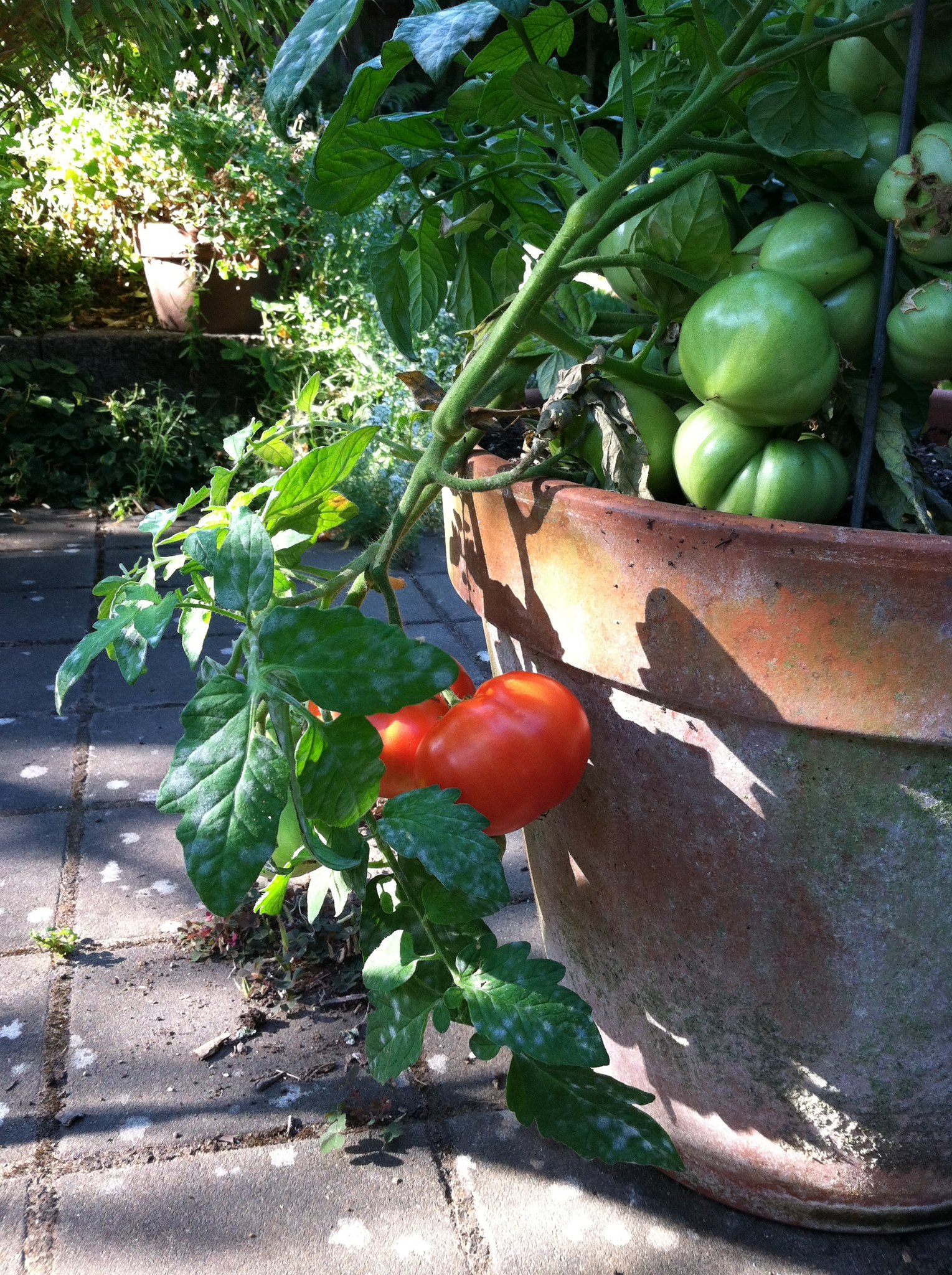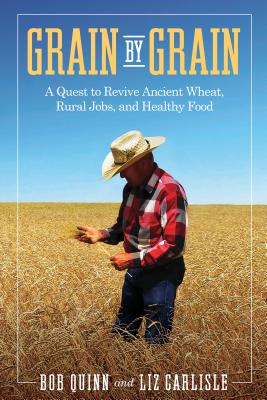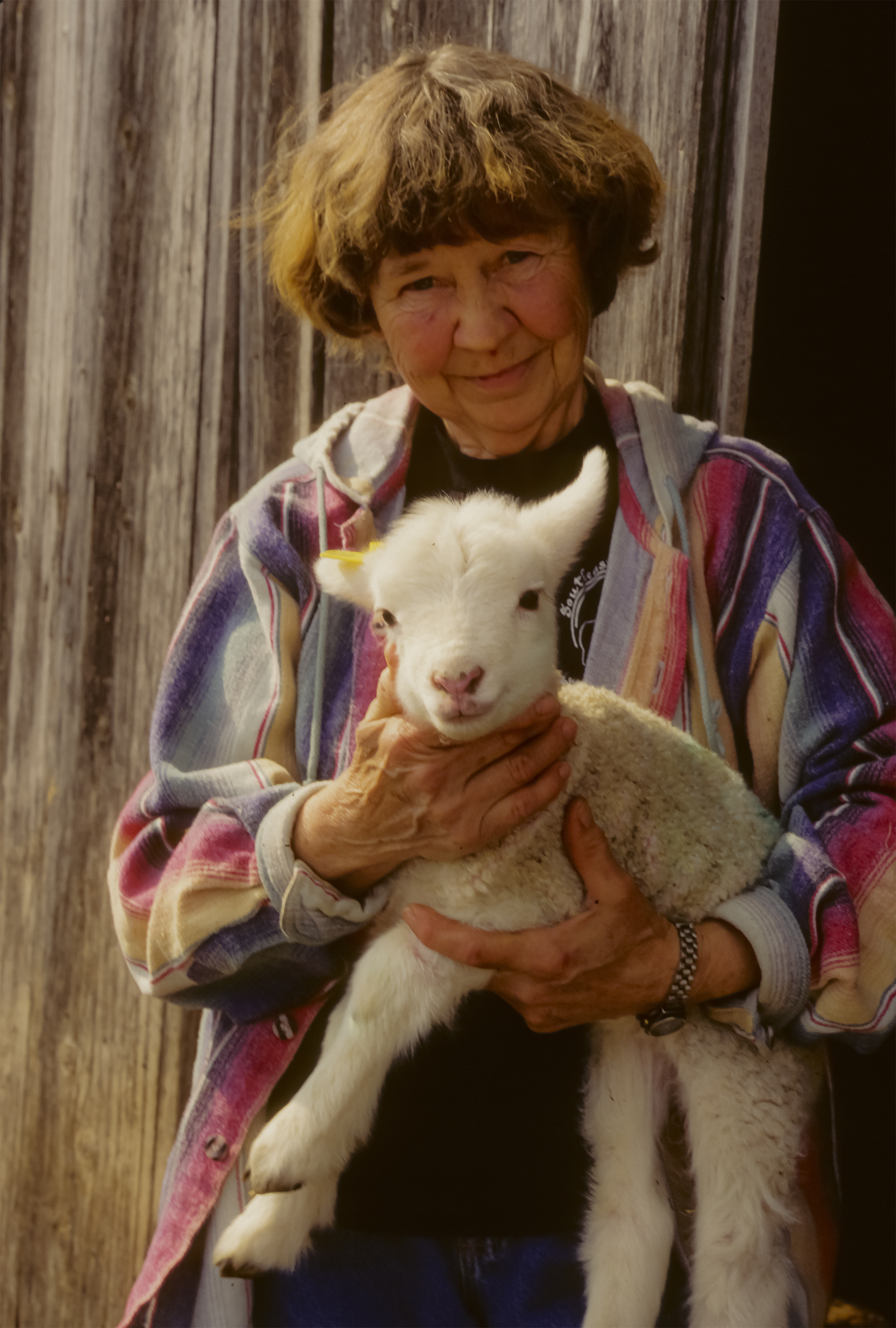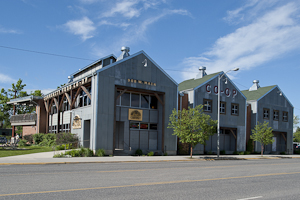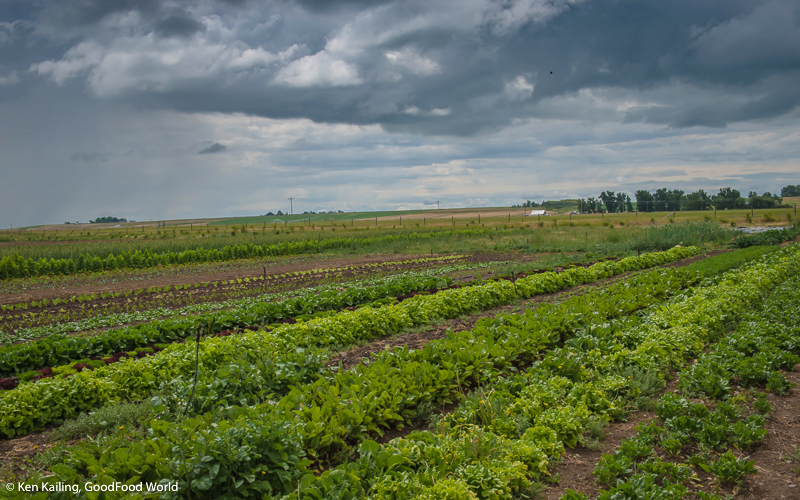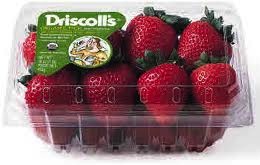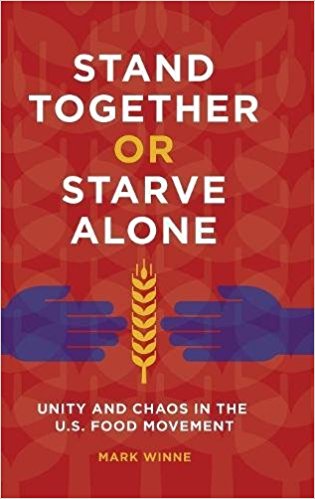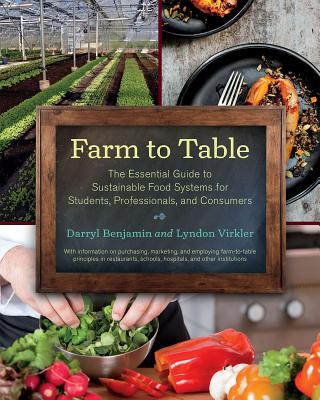Good food in the time of climate change…
Just imagine – what if we could no longer import our food? Or bring it in from the “produce corridor” that extends from Mexico to British Columbia up and down Interstate 5? Or even get it from neighboring states or provinces? What we thought was science fiction, is turning out to be fact!

